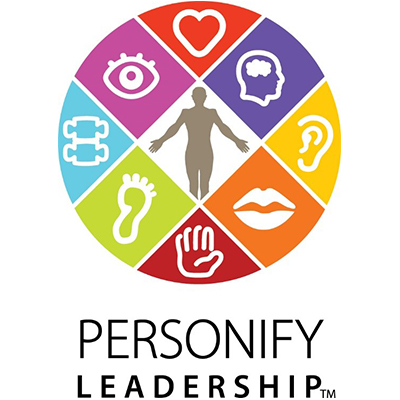ATD Blog
Overcoming the “Feedback Trifecta” to Communicate Better as a Leader
Mon Aug 17 2020

A recent Harvard Business Review article examined Shell corporation’s adoption of an 18-month program designed to help the company’s offshore workers give and receive feedback before their upcoming deployments. With the help of an outside consultant, Shell’s experiment pushed the typically tight-lipped crew to talk about everything from what it was like for them growing up to what it was like working with each other.
The study found that the shift in how the men communicated with each other, especially with respect to their vulnerabilities, contributed to an 84 percent decline in Shell’s accident rates and the company’s level of productivity in terms of numbers of barrels. Efficiency and reliability exceeded the industry’s previous benchmark.
Think for a moment: Does your workplace’s culture encourage this sort of communication? Or does it unknowingly—and sometimes knowingly—promote avoidance of honest and open communication—especially when it comes to giving and receiving constructive feedback?
Chances are, it’s the latter.
This isn’t unusual. The most difficult and important feedback to give is usually the most necessary to hear, yet it largely goes undelivered. That’s because honest feedback is difficult—even painful— to give and to receive. It’s so much easier to shirk these uncomfortable situations by just avoiding them.
This dynamic shows up in organizations of all shapes and sizes. Though many managers and organizations struggle with providing constructive critism, I’ve been able to boil feedback problems down to three different categories—what I like to call the Feedback Trifecta.
In the Feedback Trifecta, the skills needed to give feedback are underdeveloped, leaders responsible for delivering the feedback lack the courage to do it, and the typical workplace environment unknowingly (and sometimes knowingly) promotes avoiding honest and open communication. And organizations pay for it since avoidance merely causes problems to fester and resentment to grow. Teams and entire companies can become feedback-resistant and inevitably suffer.
I discuss the Feedback Trifecta in more detail in my new book, The Courageous Leader.
No matter how you cut it, there will be pain when giving feedback because saying what needs to be said has consequences. Thus, recognizing that feedback can cause pain and accepting it is essential to being able to provide it.
With this in mind, I offer these tips for moving past avoidance and making feedback a constructive part of your team’s routine:
Remember that the goal of feedback should be to encourage others and inspire their courage.
Remember that feedback is crucial to moving us from one point to another in our work, relationships, and lives.
When giving feedback, say what needs to be said in way that enables others to hear it, with respect and concern for the person on the receiving end.
When receiving feedback, honor the giver by appreciating their feedback.
When receiving feedback, remain in the role of receiver rather than victim.
When receiving feedback, let yourself mourn for what you have heard until you reach acceptance.
The tough consequence of giving feedback is that we can’t choose for the other person how they choose to hear our words. More importantly, we can’t choose for others what they choose to do with them. We don’t like that feedback leads to people we care about and work with avoiding us, holding grudges against us, and lashing out at us. We don’t like being the villain when they choose to be the victim. This is why giving feedback takes courage. The choice we have is to shy away from it, haphazardly provide it, or skillfully and courageously give it.
You've Reached ATD Member-only Content
Become an ATD member to continue
Already a member?Sign In

